How To Get Started To Store Food For Survival
If you are wondering how to get started to store food for survival, this post may help you. I often get asked this question: “Food Storage-Where Do I Start?” So I had a printable made to help get you started. First, think of what you eat every day. Your food storage should be filled with food you are used to eating, cooking, and baking with every day. Please think in your mind what you and your family eat on a regular basis. You don’t have to order a pallet of food to be delivered to your house as the start of your food storage plan unless you have lots and lots of money, then go for it. I buy a little food storage every month and rotate all that I have stored. Yes, I have had cans expire and I have been known to throw them in the trash. Some foods I will eat a few months past the expiration date, others I will not. White flour grows mold spores after 9-12 months, depending on the temperature where it is stored. My philosophy is “when in doubt, throw it out”. This is an old post I am updating. Please get started with storing food and water as soon as your budget allows. We are going to need it.
My husband loves to eat cereal and bananas with milk while reading the newspaper each morning to start his day. So, of course, we buy the cheapest, biggest bags of cold cereal a shopping basket will hold. I’m not kidding. Remember, I don’t like to grocery shop. For my breakfast, I like oatmeal, a little honey, no milk, raisins, and pecans or almonds. I do make smoothies with fruit and veggies from time to time as well. I don’t want oatmeal every day. I also like my whole wheat bread toasted. I’m just giving you a few ideas to think about for breakfast. Mickey Mouse waffles are a must for my grandkids.
Store Food-Where Do I Start:
Cereal: easy to store (always on my food storage list).
Bananas: I could use fresh or freeze-dried bananas
Milk: fresh milk or I could buy some long-term milk in a #10 can in case a disaster or unforeseen emergency happened.
Oatmeal: easy to store-I can make oatmeal in 15 minutes, make your own oatmeal in a jar.
Honey: long-term storage/sugar is another long-term storage sweetener Cox’s Honey from Shelley, Idaho.
Raisins/Nuts: long-term storage, although the nuts must be kept in the freezer or they go rancid.
Spinach, onions, and celery: I freeze my spinach, freeze-dried onions, and freeze-dried celery.
Water: I need water to make the milk if all I had was instant or dry milk (you can never have too much water).
Whole wheat: I buy 200 pounds at a time. I am very fussy where I get my hard white whole wheat (this is always on my food storage list as well) Yes, you will need a hand-crank wheat grinder or an electric one if you have a solar generator.
Yeast: some people make bread without yeast. I prefer my whole bread recipe: Whole-Wheat-Bread Recipe or Whole-Wheat-Bread-For-Two Recipe.
Salt: it’s a basic necessity to make several things to eat.
Baking powder/Baking Soda: basics to stock.
Oil: (be careful, oil does go rancid) but I need it to make my bread (I buy Olive and Coconut).
Okay, so you can see if you have canned your own food you are in great shape. If you have a garden you are in great shape. Now every time you go to the grocery store you will pick up a few extra bags of cereal (in our case). Maybe one #10 can of instant milk. Grab a container of honey or sweetener of your choice. Start contacting your friends and work together to buy in bulk, mainly to save money. Buy a few buckets with airtight lids and fill and date them with oats, if you like oatmeal. Buy one extra large bag of flour (9-12 months is the shelf life-you cannot see the mold spores, but they are there). I am very careful what I buy and store so I do not waste a penny. Learn to make biscuits. Learn to make bread.
Food Storage List For Breakfast:
So basically my breakfasts consist of milk, cereal, fresh bananas, oatmeal, honey, raisins, and nuts. The smoothies would have spinach, kale, celery, and a variety of fruits. I would need wheat to grind to make my bread, yeast, lemon juice, salt, etc. I would need water to make the smoothies, oatmeal, and the bread. We need 4 gallons of water per person per day.
Food Storage List For Lunch:
Bread: I make my own bread because it is critical to keep my grocery costs down, learn to make tortillas, bread, pizza dough, or biscuits.
Water-packed canned tuna and chicken: they have a fairly short shelf life (2-3 years). This keeps me out of the store and is cheaper than buying freshly sliced meat or expensive pre-packed lunch meat.
Mayonnaise and Miracle Whip: (typically 1-year shelf life).
Peanut butter and jam: (typically 1-year shelf life).
Apples: (they last a couple of months, depending on the type of apple, and are stored in the refrigerator).
Carrots: (one month, if stored properly in the refrigerator).
Soups: good to have in your pantry as well (some store longer than others).
Water, water, and more water
Okay now for the long-term, pick up several cans of tuna or chicken/turkey. If you can pressure can your meat that is awesome! Grab extra containers of peanut butter and jams or jelly. If you make jam or jelly even better. Grab a few jars of mayonnaise or Miracle Whip. A few extra apples in the refrigerator would taste great if we were unable to travel on the roads because of a disaster or unforeseen emergency.
Food Storage List For Dinner:
Salad or fresh vegetables from the garden but canned work great as well (I make my own dressings).
Dehydrated potatoes are a staple in my home.
Pasta, quinoa, or rice with some kind of meat (I buy hamburger meat in bulk and re-package one-pound baggies).
Chicken or turkey: (I buy frozen in bulk)-if you raise chickens that are awesome, hunters are prepared for the unexpected for sure, learn to smoke or pressure can your meat
Water, water, and more water (a never-ending item on my food storage list-WATER).
Long-term budget food storage: pick up some cans of green beans, corn, beans (dry or canned), quinoa, rice, and pasta
Learn to dehydrate what you grow in your garden or on your fruit trees.
Learn to can/bottle the fruits you grow or buy cases of fruits and vegetables as your budget allows.
Food Storage List-Free Printable:
Please start to today, not tomorrow to store food and water, one can at a time. Thanks for being prepared for the unexpected.
My favorite things:
Prepare Your Family for Survival: How to Be Ready for Any Emergency or Disaster Situation
Augason Farms Country Fresh 100% Real Instant Nonfat Dry Milk 29 oz 10 Can
Augason Farms Dehydrated Chopped Onions 6 oz 2.5 Can
Mountain House Cinnamon Apples
Quaker oats, old fashioned, 2 5 lb. bags, 100+ servings 10-lb

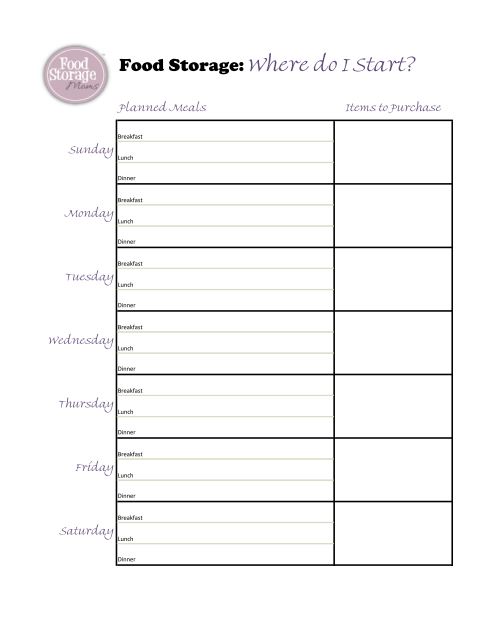

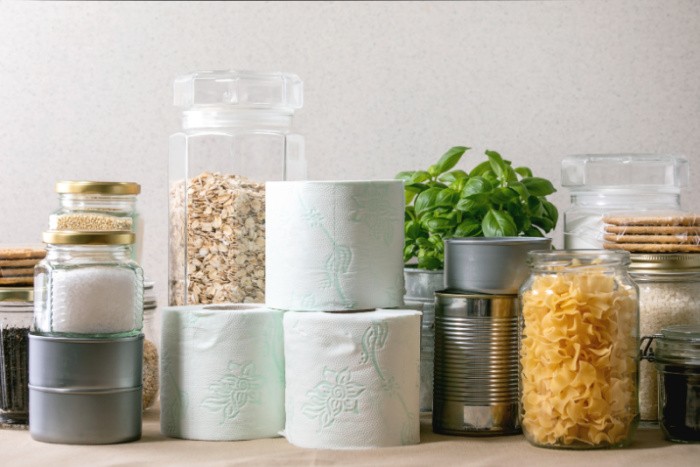
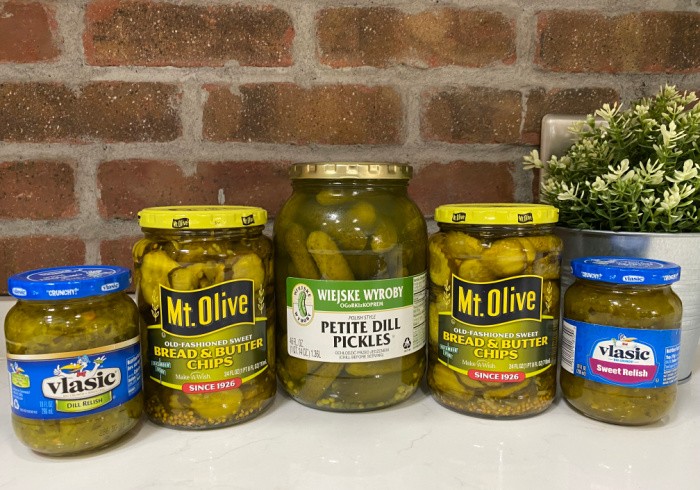
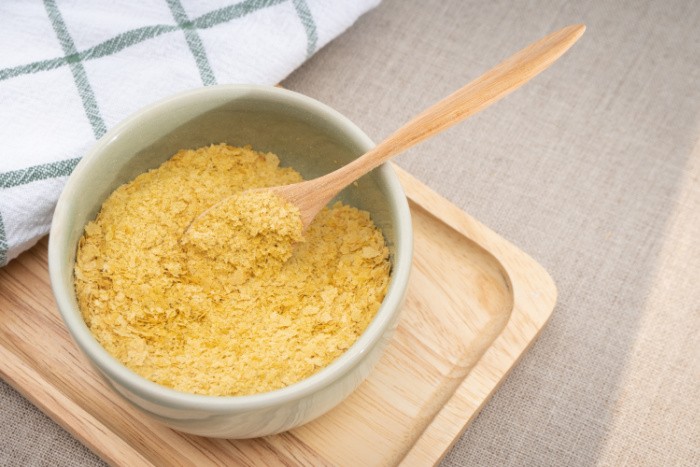
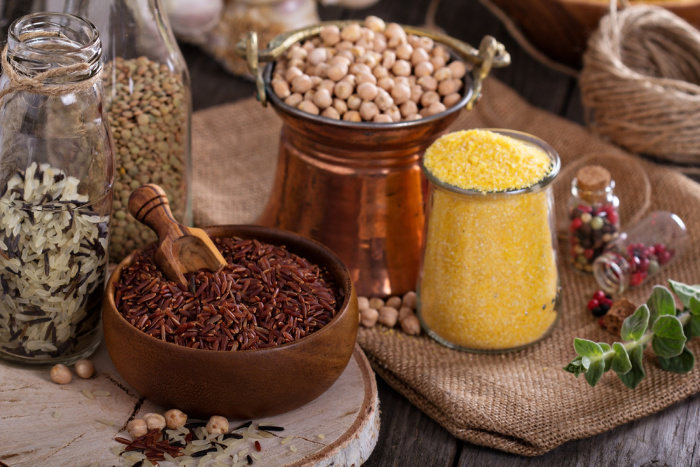
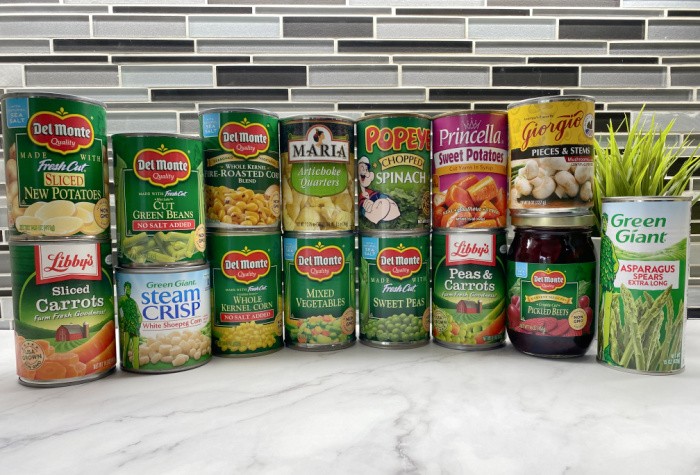
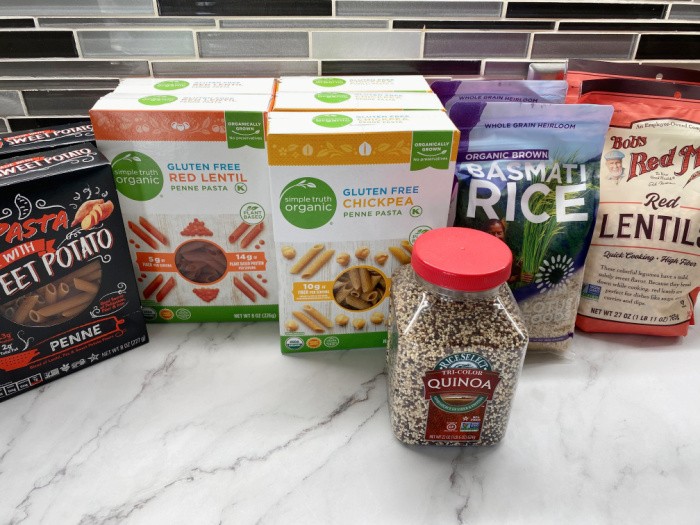













Love your articles, i read each one several times. I know water is most important, good clean water is hard to find, is the water sold in stores in the 5 gal green jugs ok to store in a cool dark area, and do i need to add something to it for long term storage.
Again, love your articles, keep up the good work.
Hearl
HI Hearl, I have never seen 5-gallon green jugs filled with water where I live. I would look at the bottom of the container and see if it says BPA FREE with a #1, #2 or #4. Most blue barrels have #2 located on the bottom of the containers. The number is located in a triangle type symbol. I use the product called Water Preserver in my containers so I only have to rotate them every five years. Linda
Thank you.
I buy large quantities of food grade olive oil and food grade coconut oil. When I think it is no longer good for eating, I make soap out of it. It is much cheaper in bulk. Love your site.
Hi Janet, thanks so much for your comments about food grade olive oil and coconut oil. I love it, Linda